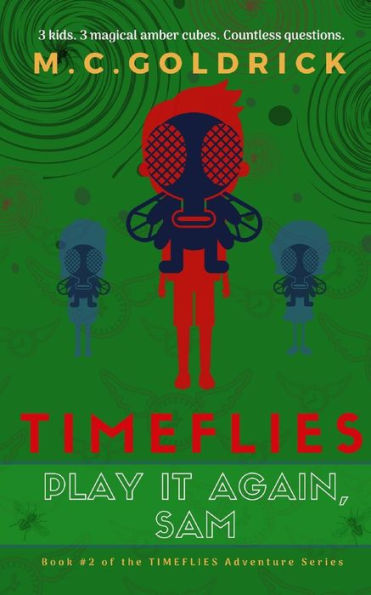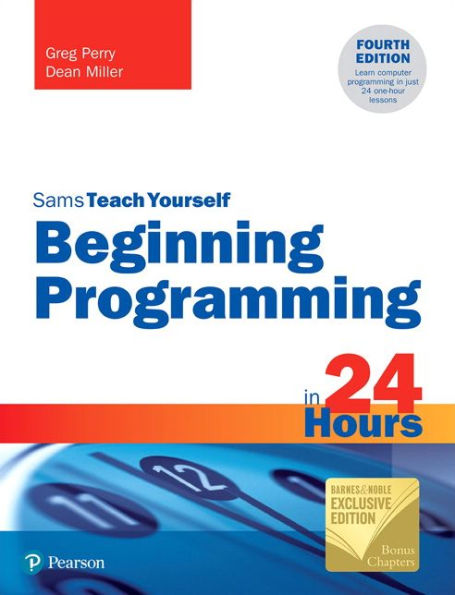Home
Play It Again, Sam: Retakes on Remakes
Barnes and Noble
Play It Again, Sam: Retakes on Remakes
Current price: $95.00


Barnes and Noble
Play It Again, Sam: Retakes on Remakes
Current price: $95.00
Size: Hardcover
Loading Inventory...
*Product information may vary - to confirm product availability, pricing, shipping and return information please contact Barnes and Noble
This title was originally published in 1998.
Play It Again, Sam
is a timely investigation of a topic that until now has received almost no critical attention in film and cultural studies: the cinematic remake. As cinema enters its second century, more remakes are appearing than ever before, and these writers consider the full range: Hollywood films that have been recycled by Hollywood, such as
The Jazz Singer, Cape Fear
, and
Robin Hood
; foreign films including
Breathless
; and
Three Men and a Baby
, which Hollywood has reworked for American audiences; and foreign films based on American works, among them Yugoslav director Emir Kusturica's
Time of the Gypsies
, which is a "makeover" of Coppola's
Godfather
films. As these essays demonstrate, films are remade by other films (Alfred Hitchcock went so far as to remake his own
The Man Who Knew Too Much
) and by other media as well.
The editors and contributors draw upon narrative, film, and cultural theories, and consider gender, genre, and psychological issues, presenting the "remake" as a special artistic form of repetition with a difference and as a commercial product aimed at profits in the marketplace. The remake flourishes at the crossroads of the old and the new, the known and the unknown.
takes the reader on an eye-opening tour of this hitherto unexplored territory.
This title is part of UC Press's Voices Revived program, which commemorates University of California Press’s mission to seek out and cultivate the brightest minds and give them voice, reach, and impact. Drawing on a backlist dating to 1893, Voices Revived makes high-quality, peer-reviewed scholarship accessible once again using print-on-demand technology. This title was originally published in 1998.
Play It Again, Sam
is a timely investigation of a topic that until now has received almost no critical attention in film and cultural studies: the cinematic remake. As cinema enters its second century, more remakes are appearing than ever before, and these writers consider the full range: Hollywood films that have been recycled by Hollywood, such as
The Jazz Singer, Cape Fear
, and
Robin Hood
; foreign films including
Breathless
; and
Three Men and a Baby
, which Hollywood has reworked for American audiences; and foreign films based on American works, among them Yugoslav director Emir Kusturica's
Time of the Gypsies
, which is a "makeover" of Coppola's
Godfather
films. As these essays demonstrate, films are remade by other films (Alfred Hitchcock went so far as to remake his own
The Man Who Knew Too Much
) and by other media as well.
The editors and contributors draw upon narrative, film, and cultural theories, and consider gender, genre, and psychological issues, presenting the "remake" as a special artistic form of repetition with a difference and as a commercial product aimed at profits in the marketplace. The remake flourishes at the crossroads of the old and the new, the known and the unknown.
takes the reader on an eye-opening tour of this hitherto unexplored territory.
This title is part of UC Press's Voices Revived program, which commemorates University of California Press’s mission to seek out and cultivate the brightest minds and give them voice, reach, and impact. Drawing on a backlist dating to 1893, Voices Revived makes high-quality, peer-reviewed scholarship accessible once again using print-on-demand technology. This title was originally published in 1998.





![Now Playing [Barnes & Noble Exclusive]](https://prodimage.images-bn.com/pimages/0081227818357_p0_v1_s600x595.jpg)


![Now Playing [Clear Vinyl] [Barnes & Noble Exclusive]](https://prodimage.images-bn.com/pimages/0603497824359_p0_v3_s600x595.jpg)
![Now Playing [Ruby Vinyl] [Barnes & Noble Exclusive]](https://prodimage.images-bn.com/pimages/0603497825172_p0_v2_s600x595.jpg)







